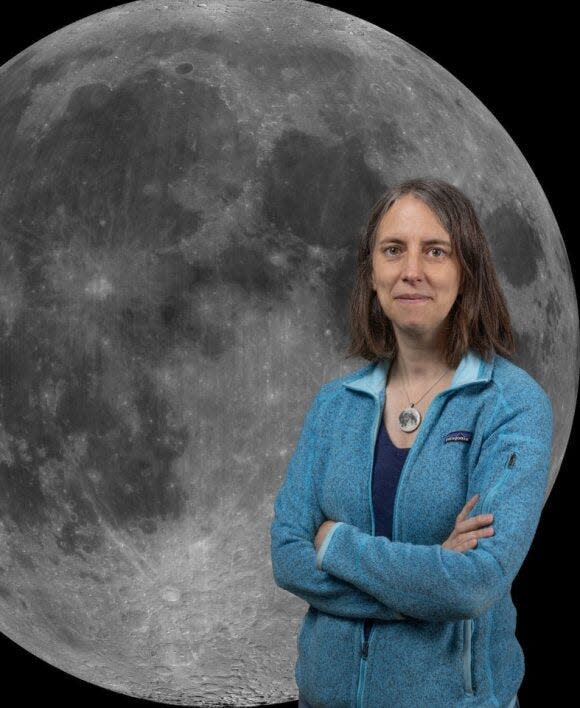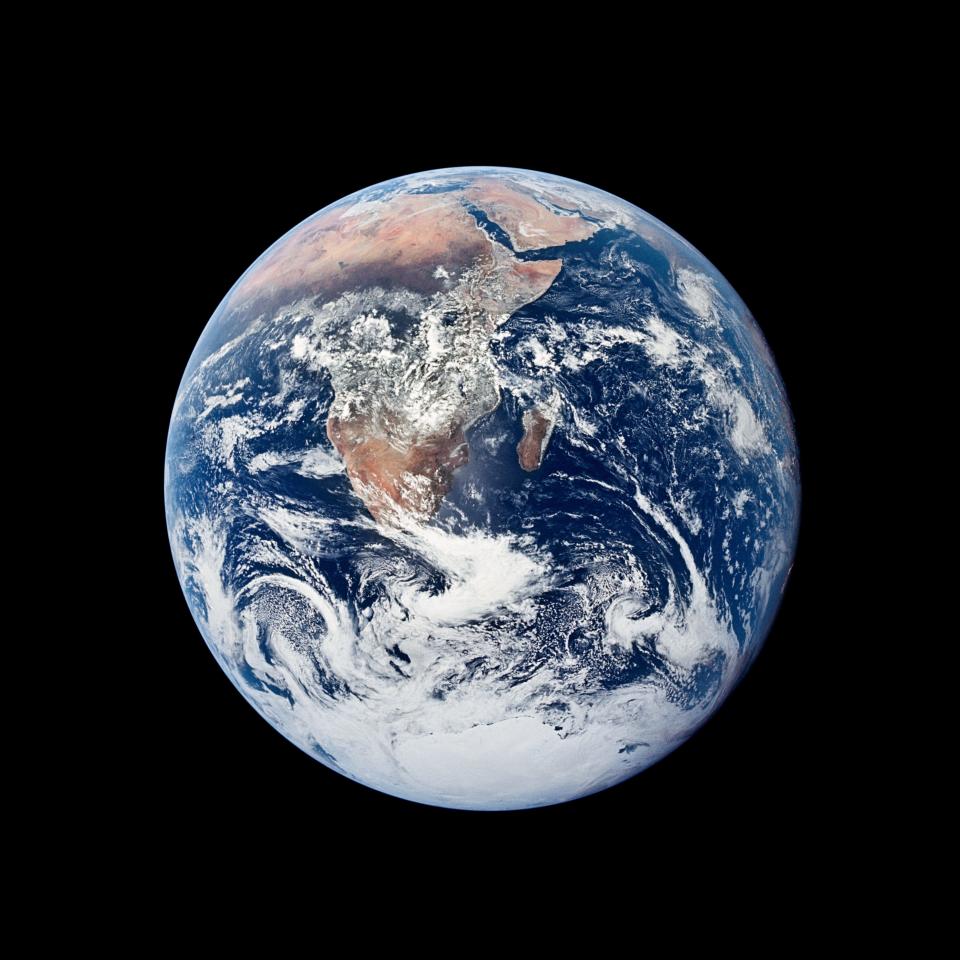Mission to the moon: Rutgers geologist helps NASA plot future Artemis moonwalks
The email that changed professor Juliane Gross’s life hit her inbox at Rutgers University over the summer with the simple subject line: “Guys, we got it!”
“It” was an offer by NASA for Gross and colleagues at other universities to form a geology team and train the crew of astronauts who will be making the first moon landing in more than 50 years.
“We just all freaked out,” Gross said last week from Johnson Space Center in Houston. “We’re going to be part of history. This is insane.”

Gross is a member of the Artemis III team that will explore more of the lunar surface than ever before and bring back more than 200 pounds of rocks and other materials. It's an ambitious and historic mission, marking humankind's first return to the moon since the famed Apollo missions of the late 1960s and early 1970s.
The mission may have suffered a recent problem. The Government Accountability Office said setbacks with contractors have likely pushed the mission back to 2027, a two-year delay.
Plotting out future moonwalks
Still, that hasn’t slowed the work Gross and her fellow geologists are doing in Houston.
They are developing much of the astronauts’ science activities during their moonwalks in the lunar south pole region, far from the landing spots of the six Apollo missions, the last of which was in 1972. The Artemis mission will have two astronauts land on the moon and stay for about a week.
Story continues below photo gallery.
“If you land all six of your missions in Yellowstone National Park, you’ll be able to get some really interesting geological samples, but they’re not representative of the rest of the North American continent,” said Gross, who is on leave from her teaching position at Rutgers. “You’re missing a lot of area. The same thing holds for the moon.”
More: Jumping Jupiter! How did all our schools get planetariums? NJ has more than a dozen
More: Want to shoot the moon? Here's how you can
This region contains some of the oldest parts of the moon, estimated at almost 4 billion years old. One of the goals is to ascertain the depth, distribution and composition of ice at the south pole that could help later missions extract oxygen and hydrogen from moon ice for life support systems and fuel.
Extracting rocks in low gravity
But for now, Gross is spending long days mapping out paths the astronauts will take when they land on the surface.
They're also training the crew on what rocks to look for and how to carefully extract them. The latter is a learning curve for everyone, because the moon has one-sixth the gravity of Earth, the astronauts will be wearing bulky spacesuits, and even the smallest misstep can be catastrophic in what is essentially a vacuum at the lunar surface.

Gross and her team are finding ways to work around challenges that they wouldn't have in a geologic field study on Earth, such as the fact that astronauts will not be allowed to walk on a slope greater than 20 degrees for safety reasons. "You have to tailor the plan to the environment," Gross said. "And this is unlike any environment the team has ever experienced."
When the astronauts return, Gross and the team will begin examining the samples.
The rocks will be much more than just display items at the Smithsonian. Gross calls them a "history book" or preserved pieces of evidence, since the moon has essentially been frozen in time with little disturbance. They can be used to find everything from how the moon formed to what produced water and ice on its surface and how long the moon has been volcanically active.
Celestial collision with Earth formed the moon
The rocks can also help scientists learn more about the history of Earth, which is intertwined with the history of the moon. Debris from a celestial collision with Earth 4.5 billion years ago likely formed the moon, according to NASA.
"It’s so great to have something in your hand that is essentially a history book," Gross said. "My job is to learn how to read that book and extract all these formation and evolution stories from it."

When Gross was growing up in Germany, her two career goals were at opposite ends of the spectrum: farmer or astronaut. Instead of toiling in the earth or blasting off from Earth, she is somewhere in a hybrid of her childhood dreams. "This is as close to being an astronaut as you can get," she said.
Having already spent time in recent years at the Lunar and Planetary Institute in Houston, Gross has met some of the scientists who worked on the Apollo missions a half-century ago.
"I was always jealous of them, because I didn't know if we'd ever get back to the moon," she said. "But here we are. And it's so exciting because this is our Apollo."
This article originally appeared on NorthJersey.com: This Rutgers geologist is plotting future Artemis moonwalks

